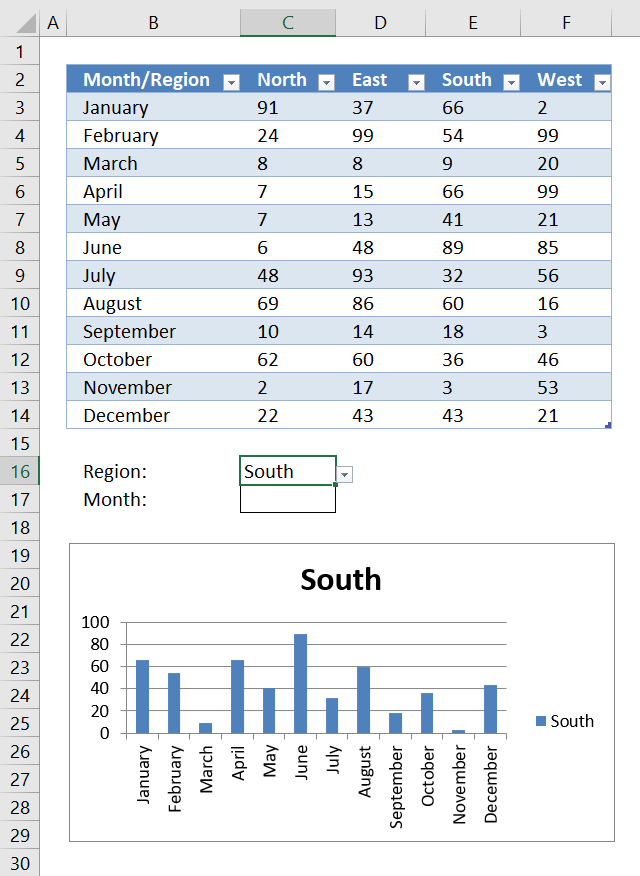

By default they either run in your web browser or in the R Studio viewer. The htmlwidgets framework ensures that the graphics are rendered locally. In fact, the packages used for the examples in section ? are all based on htmlwidgets.įor a complete list check out the htmlwidgets gallery. While you can certainly develop yor own widget, there are a number of widgets already available, that you can install and that make creating interacive visualizations much easier. saved as standalone web pages for ad-hoc sharing via email, Dropbox, etc.seamlessly embedded within R Markdown documents and Shiny web applications.used at the R console for data analysis just like conventional R plots (via RStudio Viewer).The interactive components (“widgets”) created using the framework can be: The htmlwidgets package provides a framework to bind R commands to various existing, interactive JavaScript libraries, including those that greate data graphs. JavaScript is probably the most widely used scripting languages to create interactive webpages (html).


 0 kommentar(er)
0 kommentar(er)
